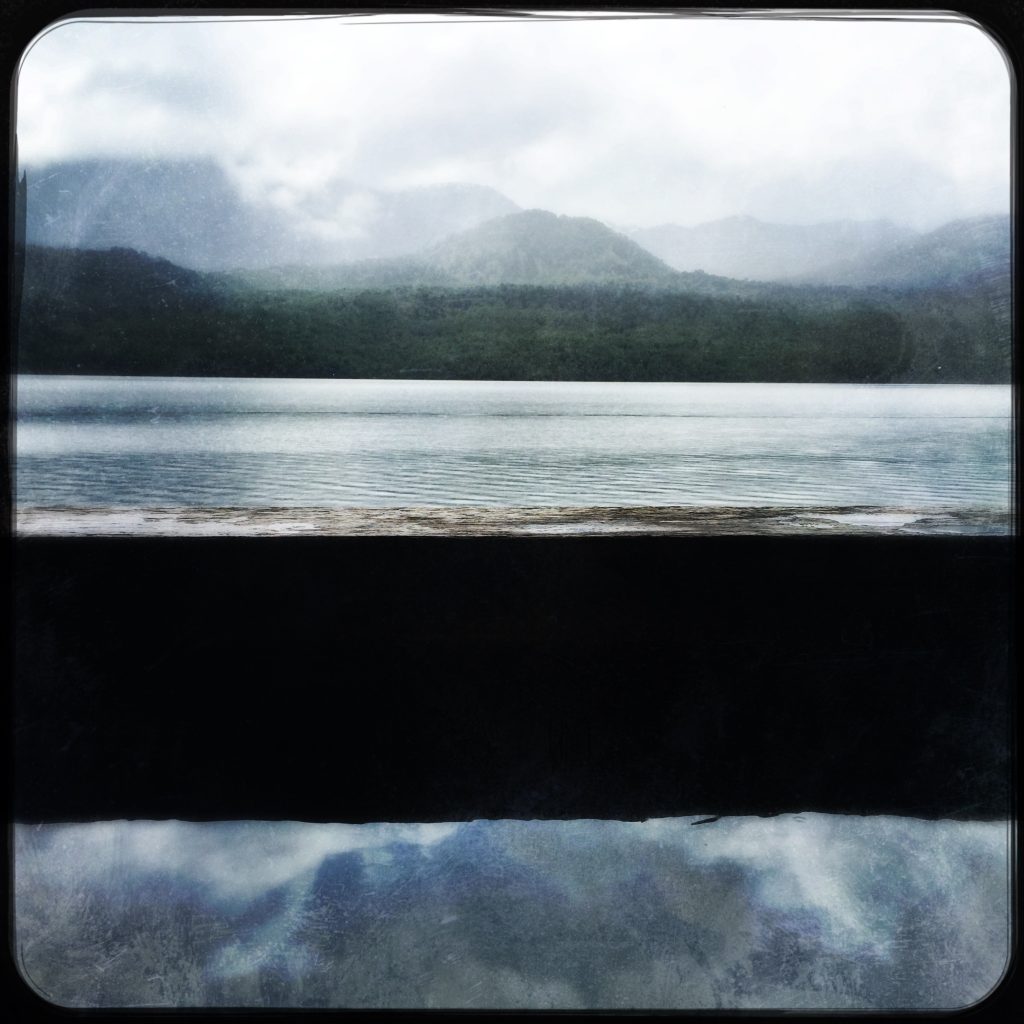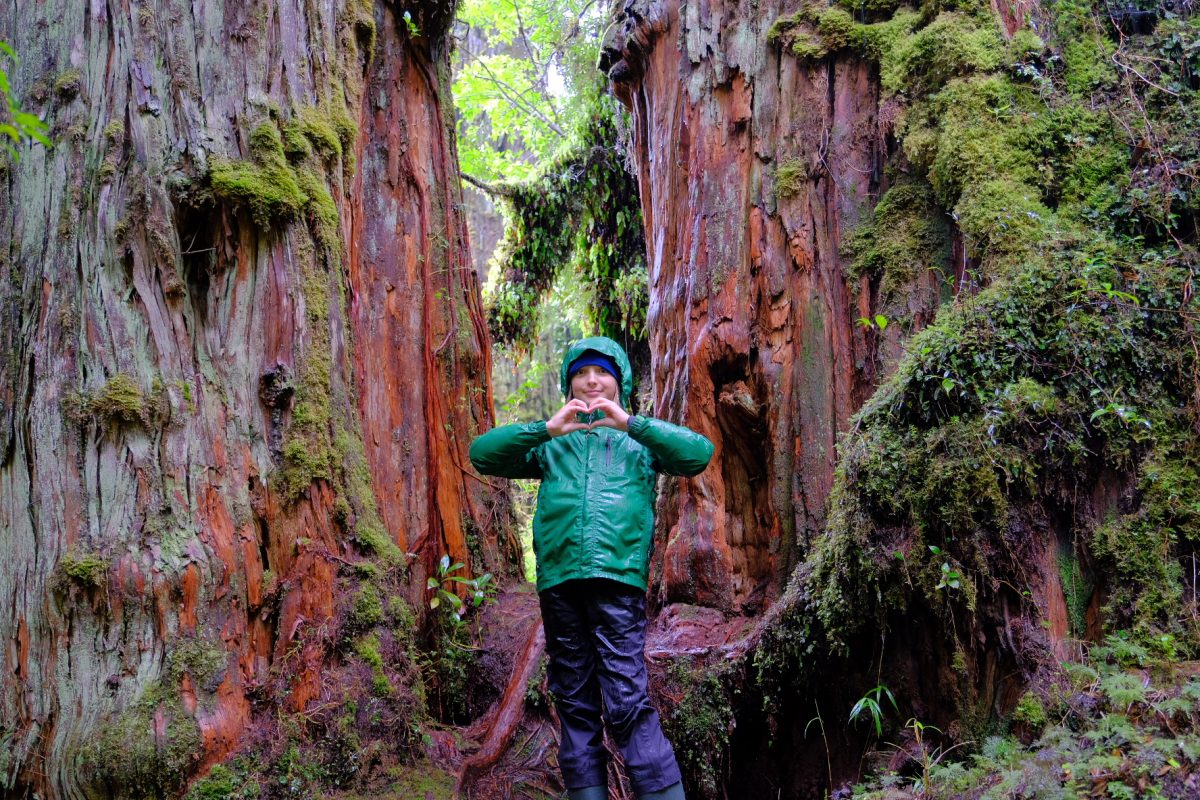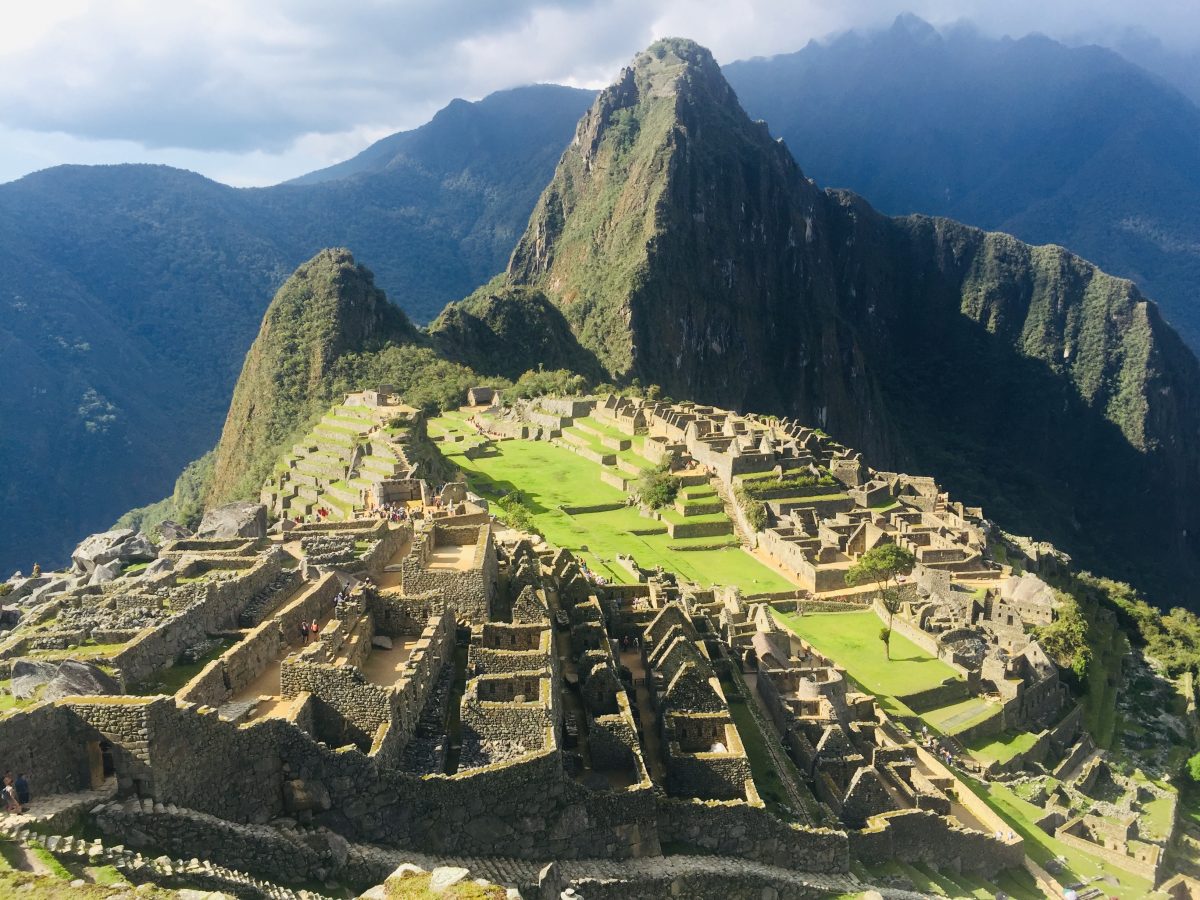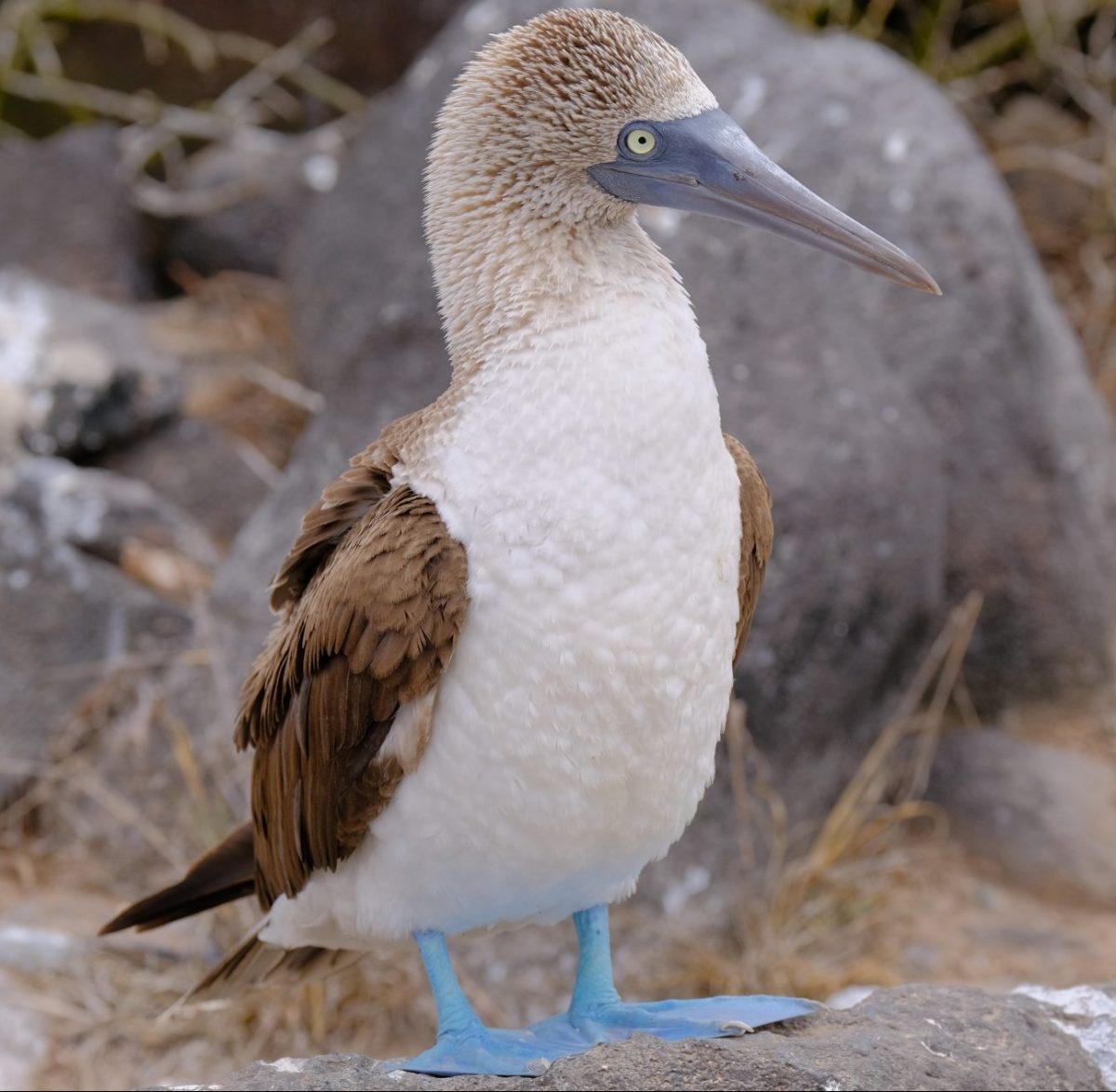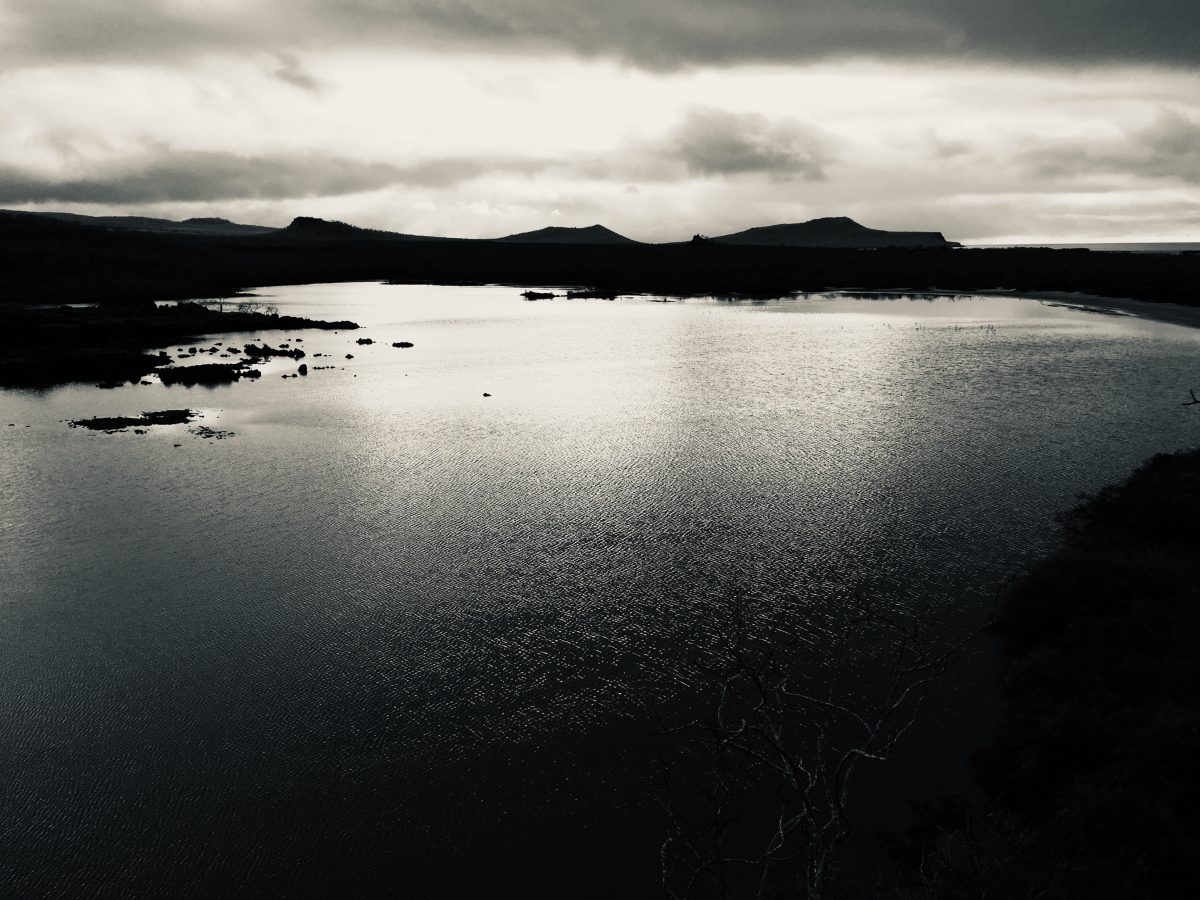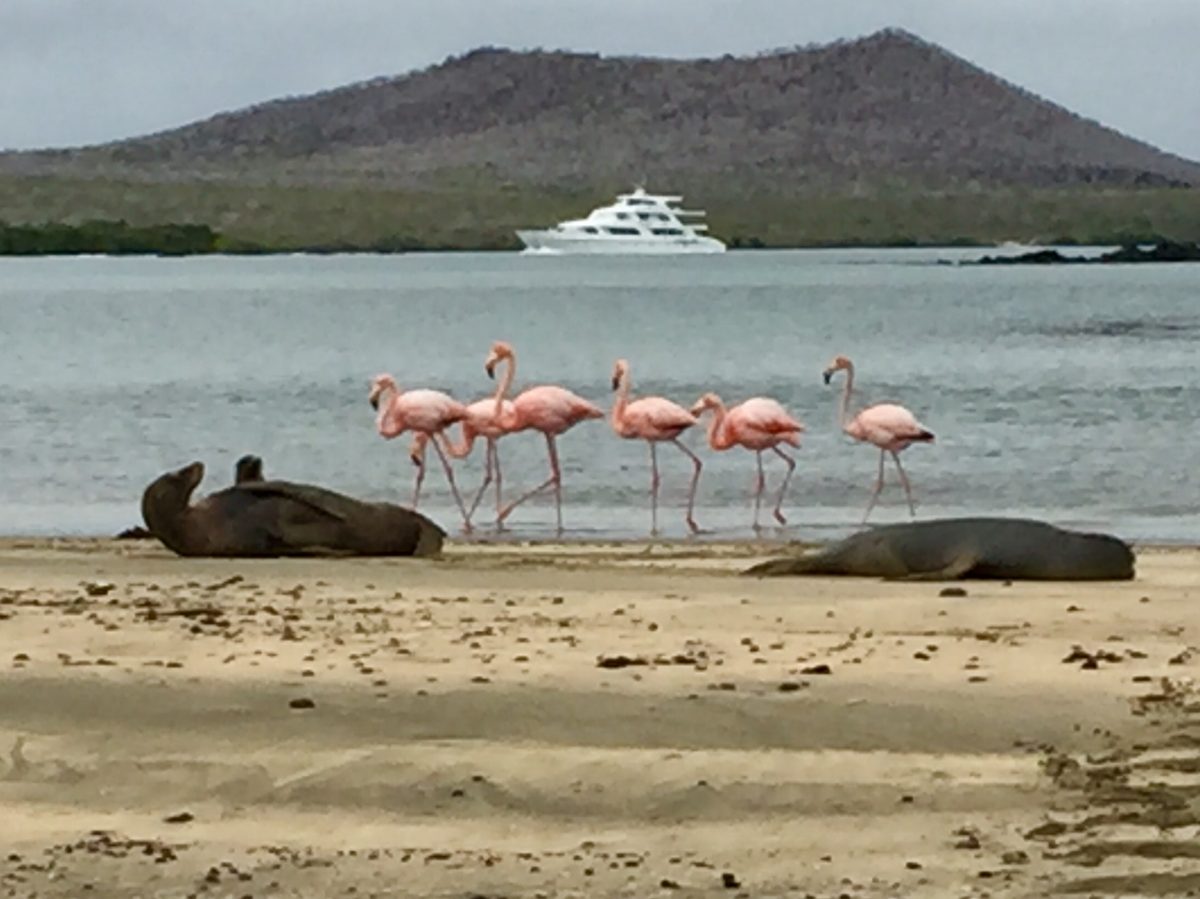Dec 6 2019
By Haakon
Last week, on our way from Peru to Patagonia, we enjoyed a gracious, cozy visit with family in Santiago, Chile. When we first arrived, everything seemed normal – the buildings were nice, and lots of people were enjoying family walks in the park. However, the next day we started to realize that things were far from normal. The day after we arrived, we decided to go to the mall to replace some of our worn-out clothes. As we walked to the mall it almost seemed as if there were no ground-level shops. All the ground-level shops had 10-foot temporary metal walls covering them and were closed even at 11 o’clock in the morning on a weekday. When I got back to Nicole’s house, I asked her why all the metal walls were up. She said the walls were up because of the rioters, and she explained that there was a city-wide curfew that prohibited congregating in public after 10 pm. Most of the main shops had been opened only for very limited business hours for the past two weeks, so nobody could break into them. Some shops selling high-end goods had private security.
One afternoon, my dad and I decide to get haircuts, so we walked down the boarded-up streets to the barber shop. At around 5:30 pm our haircuts were finished, and we started our walk home along the same streets. To our surprise, there were about 30 national police officers, dressed in riot gear, outside the main mall. Now, they weren’t your basic mall cops. They didn’t have rinky-dink Taser’s; they had machine guns. They didn’t have helmets; they had full-body plates and riot shields. They didn’t have mall cop segues; they had bullet-proof Sprinter vans that bore plenty of signs of heavy abuse from rioters, such as deep dents to body work, and cracked windows.
Interestingly, once we arrived into the rural areas where we spent time visiting national parks, there was little evidence of the civil unrest we observed in the Santiago and the smaller city of Puerto Montt. In the small town of Chaiten, life was quiet.
The weekend we were in Santiago, Chile was the 20-year anniversary of the 1999 Seattle WTO protests. It is a strange connection in way. The protest in Seattle had some roots in concern many would be left behind by globalization. From what I understand, in Chile, the cost of living has been rising, tuitions are getting more expansive, and pension values going down. In Chile, a country where low wage workers spend 20% of their income on transportation a 4% rise in the metro fare sparked huge flash metro-fare dodging mobs that led to the Metro shutting down and then flash mobs devolved into a weekend of intense rioting and looting and the destruction of 40% of the metro stations.
I am glad that now in United States there is not violent social unrest and the economy for the most part is stable. Still, today in America many feel the economy is leaving them behind, the odds are stacked in favor of the rich and powerful and the cost of higher education is more and more unaffordable. I suppose we are not immune to similar demonstrations. Maybe they will come.
It was an interesting Thanksgiving week, I was reminded to be grateful where I live, I am reminded not to take the ease and safety I feel at home for granted and to be more grateful for what I have.
